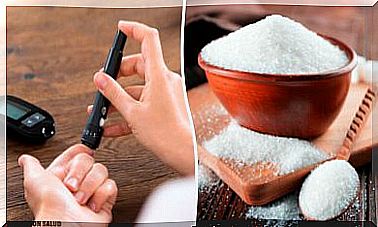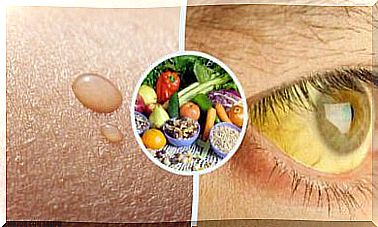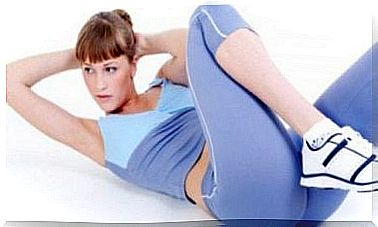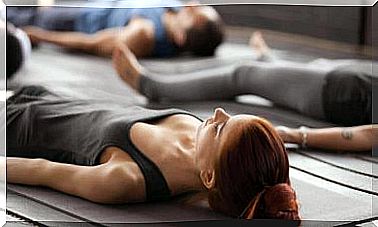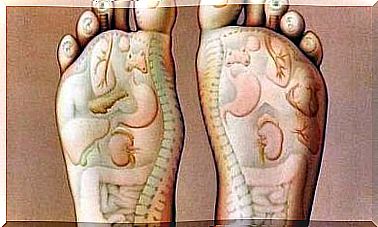What Is Tired Legs Syndrome?
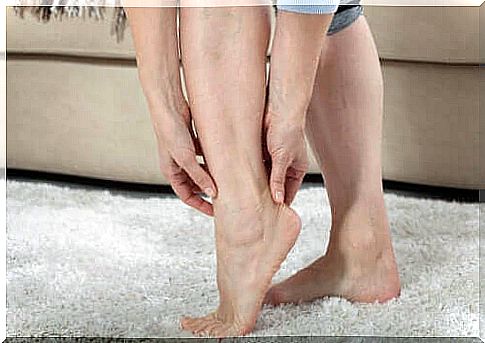
Our daily activities can have a major impact on our health. Fatigue in the legs after standing for hours is normal, but if the feeling is constant, it may be a syndrome of tired legs.
Tired legs syndrome is not a serious illness, but it is a condition that can limit daily life. That is why it needs to be monitored and controlled.
Unfortunately, in many cases, this health problem is directly related to the profession of the person suffering from it. Standing or sitting for many hours can negatively affect both overall health and leg health.
Read on to find out what the symptoms and causes of this condition are. In addition, you will receive advice and tips on how to prevent and treat it.
What is tired legs syndrome?
Due to the natural process of cell aging, the size of the cell walls grows faster. This in turn makes blood cells more sensitive and less effective.
The function of the veins is to collect blood from the whole body and return it to the heart. With regard to the venous system in the legs, so that the blood rises in the opposite direction to gravity, the system has small valves that prevent the blood from returning – in addition to having a layer of muscle that helps pump blood back to the heart.
When venous function is inadequate, either because pumping fails or because blood stays in place, the first symptoms appear: pregnancy, fatigue, and swelling of the legs. This happens because fluid leaks from the veins into the tissues.
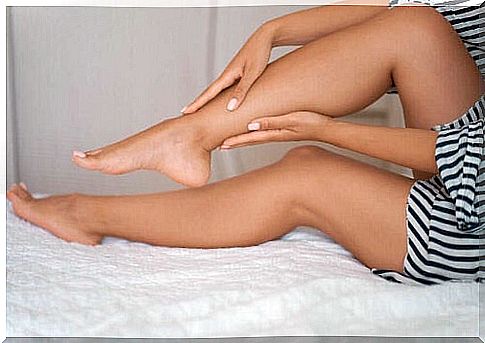
Symptoms
Common signs and symptoms of tired legs syndrome include:
- Leg heaviness and swelling.
- Leg pain.
- Itching (burning) in the legs.
- Leg fatigue.
- Muscle cramps.
- Nocturnal paresthesia (numbness in the legs).
- Tingling and stiffness in the legs.
- Large and small varicose veins. (Varicose veins are dilated blood vessels that do not have the ability to restore whole blood to the heart. Smaller varicose veins are usually reddish, and large varicose veins are bluer.)
- Swelling that is worse when standing or when a person spends long periods of time without moving.
The most common symptoms are itching, heaviness and pain in the legs.
What factors influence the onset of the syndrome?
There are both biological and hereditary factors that predispose to tired legs syndrome, as well as factors that can be avoided if desired.
- Age. Several different studies have shown that the incidence of venous diseases reaches 60 percent in adults over 65 years of age.
- Personal history of the patient (previous circulatory disorders).
- Genetic predisposition (family history).
- Hormone levels (especially during pregnancy, menopause, oral contraceptives and hormone replacement therapy).
- Leg morphology. Flat feet (reduces muscle contraction, which we perform naturally when we walk).
In addition, there are some factors that aggravate tired legs syndrome, such as:
- Passive lifestyle.
- Standing or sitting daily for long periods of time.
- Prolonged exposure to sun or heat.
- Occupations exposed to the syndrome: healthcare staff, flight crew, accommodation staff, hairdressers, housekeepers, office workers, drivers, teachers, telemarketers, etc.
- Overweight or obesity, especially in women. The increase in adipose tissue in the legs hampers the effectiveness of muscle function in promoting venous recovery.
- Constipation because it causes an increase in pressure in the abdominal area and can make it difficult for blood to flow back to the heart.
- Too tight clothing in the leg and pelvic area as this interferes with venous recovery.
- High temperatures. The heat causes the blood vessels to dilate and makes it harder for blood to flow back to the heart.

Tips for preventing and relieving tired legs syndrome
The most important solution to avoid tired legs syndrome is to change your lifestyle. Measures we can take to prevent the onset of the syndrome and to mitigate its possible effects when the syndrome has already appeared include:
- Raise your feet towards the ceiling: Take daily breaks for at least 30 minutes 2 or 3 times a day. During this time, raise your feet toward the ceiling; this is done in a sitting position by raising the legs above the hip without crossing the legs. You can support the movement with a chair, sofa or armchair, for example.
- Exercise daily for at least 30 to 60 minutes. Avoid weight training on your feet. Aerobic activities such as swimming, cycling, pilates and yoga are recommended sports.
- Avoid being overweight: Follow a low calorie diet.
- Avoid excessive heat sources and excessive sunbathing: Cold water baths for the feet can be helpful in relieving symptoms and relieving the feeling of foot weight and fatigue.
- Sleep with your legs raised at an angle of about 10 or 20 cm. You can use a pillow or a blanket, for example.
- Do not wear too tight clothing or shoes: Recommended materials are clothing made of natural fibers to help the skin breathe more effectively. A low heel in footwear can prove useful, although on the other hand too high heels should be avoided.
- Prevent or treat constipation: Eat enough fiber and follow an otherwise healthy diet.
- Control your blood pressure.
- Give your feet a massage from the soles of your feet up. Massage helps to circulate blood and at the same time reduces the accumulation of fluid in the ankles.
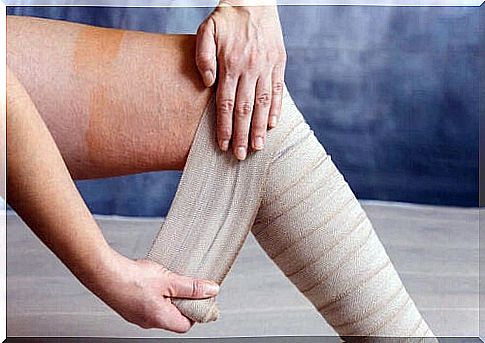
Treatment of tired legs syndrome
Tired legs syndrome is not usually a sign of a more serious problem, but it is an increasingly common reason why many people turn to a doctor for talk. Currently, the following treatment options are used, among others:
- Compression therapy: Compression therapy consists of applying compression to the feet utilizing elastic compression bandages or support stockings. These must be the right size and design, so the help of an expert should be used in the selection.
- Hydrotherapy: Showers combined with a massage with cold water or alternately alternating cold and warm water help to stimulate blood flow to the veins.
- Phytotherapy: Phytotherapy, or herbal medicine in this case, consists of utilizing herbal medicines that help improve blood circulation. These treatments should always be followed under the regular supervision of an expert. Examples of medicinal plants that improve blood circulation include ginkgo biloba, brown plants, and walnuts ( hamamelis virginiana ).
- Medications: Medication consists of the administration of drugs that improve venous function, but only with a prescription prescribed by a doctor. Self-medication for tired legs syndrome with medications is not recommended.
- Vascular surgery: This treatment is only recommended in extreme cases.
Tired legs syndrome can affect quality of life if treatment is not started quickly enough. For this reason, it is important to seek the advice of an expert in the field as soon as the first symptoms appear.

